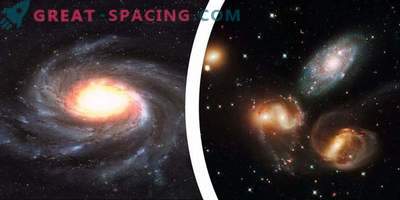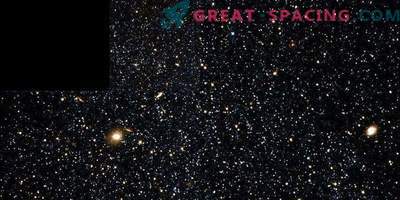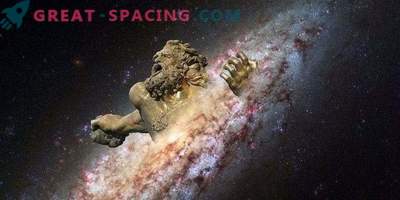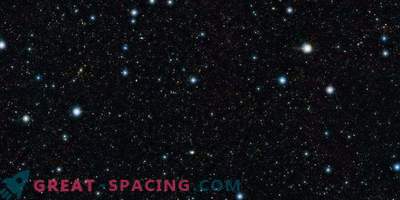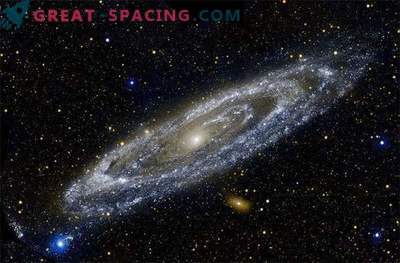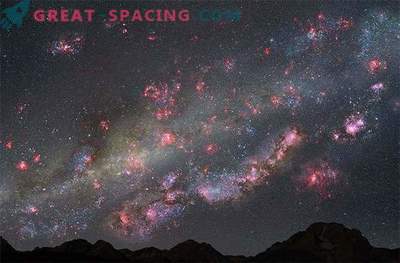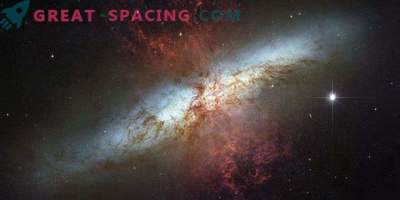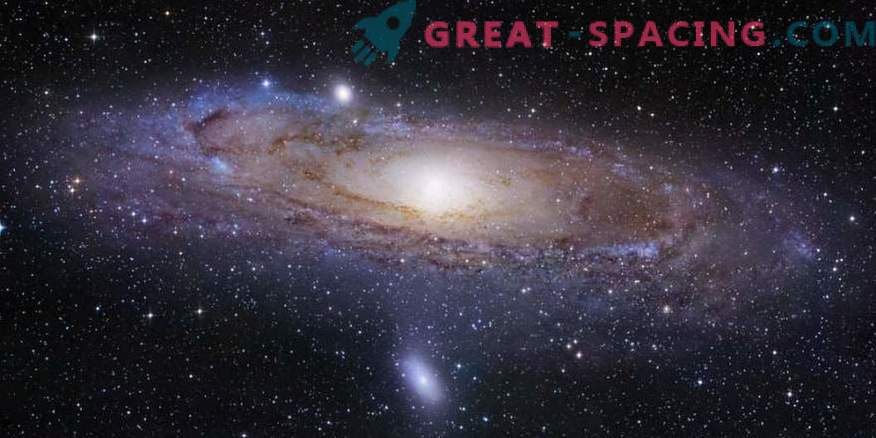
It may surprise you, but the Milky Way once died and now we are in what is considered a second life or rebirth. A new study made it possible to obtain previously unknown details about our native galaxy.
The stars in the Milky Way were formed in two epochs by different mechanisms. When the star birth stopped, a long period of peace reigned. It turns out that our galaxy has a more dramatic history than we used to think. When calculating the galactic evolution for 10 billion years, it was possible to include the concept of accretion of cold gas. This is a new idea that describes how galaxies collect the surrounding gas during its formation. This two-stage formation was used for more massive galaxies, but there is evidence that this scenario also works with the Milky Way.

A schematic diagram showing two stages of star formation in the Milky Way. Above, blue (cold) and red (hot) gas are marked. The color map on the bottom panel shows the distribution of the elementary star composition with a violet line indicating how the gas composition changes with time. Overlaid contours mark the distribution of stars in the solar neighborhood, observed by APOGEE The history of the galaxy is spelled out in the elementary stellar composition, since they inherit the composition of the gas from which they were formed. That is, the stars literally “memorize” the composition of the elements in the gas at the moment of inception. In the solar neighborhood there are two star groups with different compositions. One is rich in α-elements, such as oxygen, magnesium and silicon. In the other there is a lot of iron. Recent observations have shown that this phenomenon prevails over a vast area of the Milky Way. Previously, they could not understand the reason for this dichotomy. However, the new model solves the problem.

Model prediction for three different areas of the Milky Way
The description of the history of the Milky Way began in the moment when cold gas flows headed for the galaxy (cold flow accretion) and stars formed from this gas. Then the gas quickly accumulated α-elements released by explosions of short-lived II-type supernovae. Therefore, the stars of the first generation are rich in α-elements.
When the shock waves arose and heated the gas to high temperatures 7 billion years ago, the gas stopped flowing into the galaxy, stopping the star birth. At that time, delayed explosions of long-lived Ia-type supernovae released iron into gas and transformed its elemental composition. As the gas cooled from radiating radiation, it began to flow into the galaxy 5 billion years ago and activated the second stellar flow, where objects were rich in iron (like the Sun). Scientists believe that the Andromeda galaxy was also formed in two separate epochs. The new model predicts that massive spiral galaxies, like the Milky Way and Andromeda, demonstrate a discontinuity in star birth. But smaller galaxies continuously create stars.


